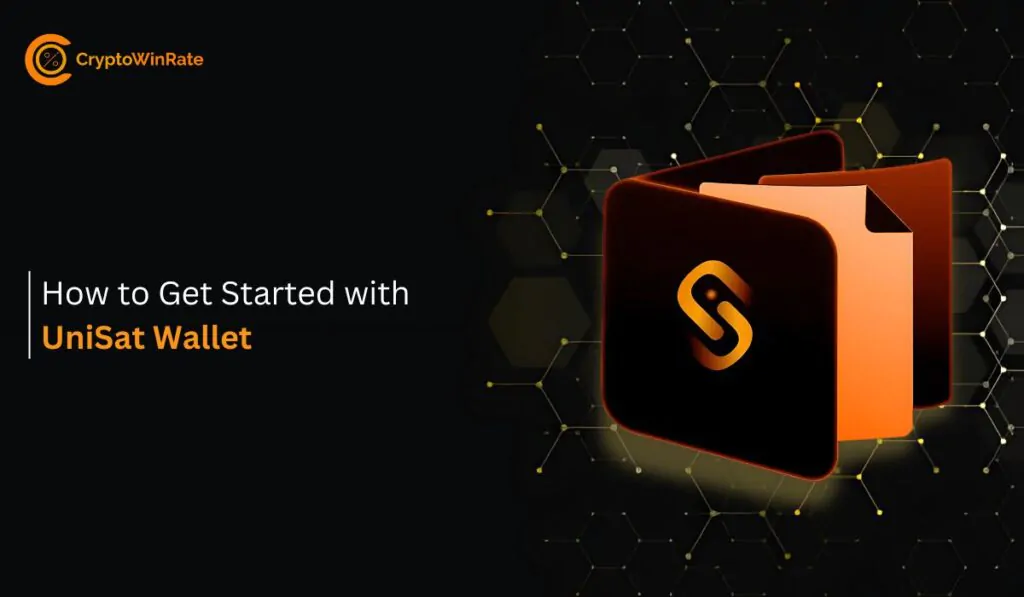So, here’s the thing—jumping into DeFi protocols can feel like walking a tightrope blindfolded. Seriously? Yeah, I know it sounds dramatic, but hear me out. One wrong move, and you might lose a chunk of your hard-earned crypto. I remember my first few trades; I thought I had it all figured out, but slippage ate up more than I expected, and that left a sour taste.
Initially, I thought slippage was just a minor annoyance. But then I realized it could wreck your entire strategy if you’re not careful. Something felt off about the way most wallets handled transaction simulations and MEV (Miner Extractable Value) protection, especially when gas fees spiked unexpectedly.
That’s when I stumbled upon how advanced Web3 wallets are tackling these issues head-on. And honestly, it’s refreshing to see tools that don’t just gloss over the risks but actually simulate transactions before you confirm them. This approach is a total game changer.
Whoa! Imagine a wallet that lets you preview exactly how your DeFi swap will execute, including slippage estimates, gas fees, and even potential front-running attacks. It’s like having a crystal ball for your crypto trades.
But wait—there’s more to it than just simulations. The real kicker is MEV protection baked into the wallet itself. For those who haven’t dug deep, MEV refers to those sneaky profits that miners or validators can extract by reordering or censoring transactions. This can seriously mess with your trades if you’re not guarded.
Okay, so check this out—tools like the rabby wallet have started integrating MEV protection along with transaction simulation features. It’s not just about showing you numbers; it’s about actively defending your assets while you’re navigating complex DeFi protocols.
Honestly, this part bugs me: many users still rely on standard wallets that lack these safeguards. They trust the interface but overlook the hidden risks lurking behind the scenes. And yeah, I’m biased because I’ve been burned by this before.
But here’s the thing—these security layers are crucial, especially as DeFi grows more sophisticated. The protocols themselves are evolving, with more opportunities for arbitrage, yield farming, and flash loans. Each comes with unique risks that can quickly spiral out of control if your wallet doesn’t have your back.
Hmm… On one hand, DeFi promises democratization of finance; on the other, it demands a level of vigilance most casual users aren’t prepared for. Though actually, that’s changing thanks to wallets that simulate transactions and offer slippage control.
Slippage protection isn’t just about avoiding bad trade execution prices. It’s also about timing and front-running attacks. Ever heard of sandwich attacks? They’re these nasty exploits where bots manipulate transaction order to squeeze value from your trade. Without proper protection, you’re an easy target.
And yeah, I’m not 100% sure how all these bots operate under the hood, but I do know that wallets with built-in simulation can flag suspicious transaction patterns before you hit ‘confirm.’ That’s a relief when you’re juggling multiple DeFi protocols and can’t watch every move.
By the way, if you’re curious about how this looks in practice, check this out—

This screenshot shows a typical transaction simulation within a wallet interface. Notice how it breaks down gas fees, slippage tolerance, and even alerts for MEV risks. It’s like having a security consultant whispering in your ear as you trade.
One of my favorite features in advanced wallets is the ability to customize slippage tolerance dynamically. Instead of setting a fixed percentage that might be too loose or too strict, the wallet adjusts based on current network conditions. That’s savvy, especially when Ethereum gas prices jump unpredictably.
Actually, wait—let me rephrase that. It’s not just about adjusting slippage but also about letting you see what happens if you tweak those settings. You get instant feedback on whether your trade might fail or execute at a worse price. This saves you from very very costly mistakes.
Now, here’s a personal experience: I once tried a yield farming protocol through a wallet without simulation. The trade seemed fine until I saw that the slippage was way too high and the transaction got front-run. I lost a decent chunk of my deposit before I even realized what happened.
That sucked. And honestly, it made me appreciate tools that simulate transactions first. They give you that extra layer of confidence, which is priceless when dealing with volatile markets.
So, if you’re diving into DeFi and want to level up your security game, I’d seriously recommend looking into wallets like rabby wallet. They’re designed with the user’s safety in mind, not just flashy interfaces.
Now, I’m not saying these wallets are foolproof. No system is perfect, especially in the rapidly evolving Web3 space. But the fact they incorporate transaction simulation and MEV protection is a big step forward.
Oh, and by the way, this kind of security also helps when you’re hopping between different DeFi protocols. Each has its quirks and vulnerabilities, and a wallet that simulates transactions helps you catch unexpected behaviors before they cost you.
In the end, DeFi security is a moving target. One day you’re safe; the next, a new exploit pops up. But having tools that anticipate and simulate risks? That’s like having a seatbelt in a rollercoaster—you might still scream, but at least you’re strapped in tight.
So yeah, keep exploring, but don’t forget to protect your assets. Tools exist that put control back in your hands, making the wild west of Web3 a tad less wild.





